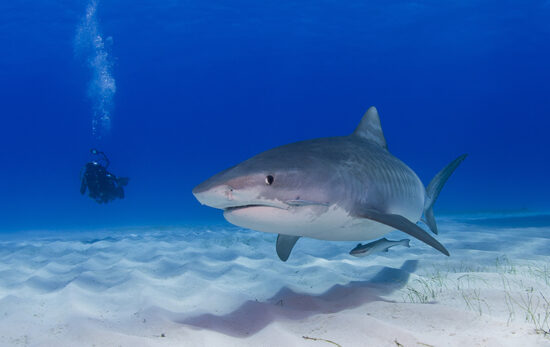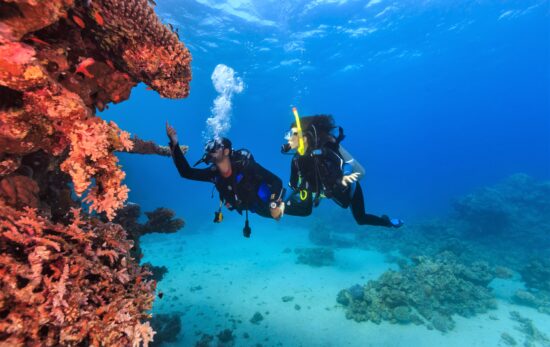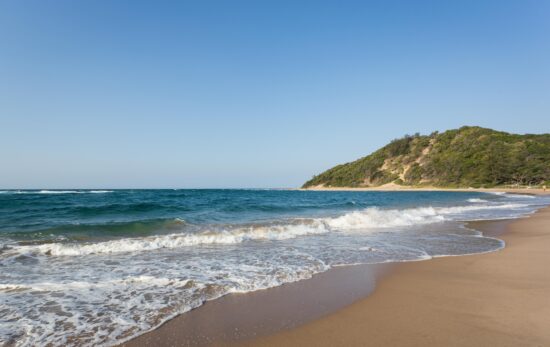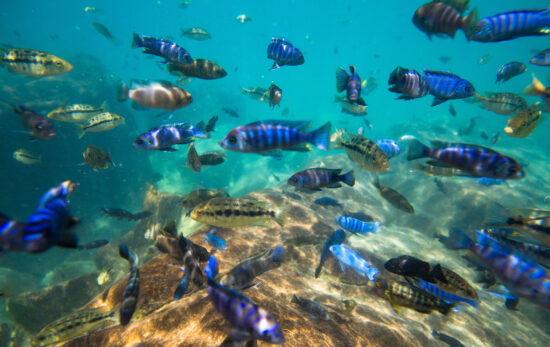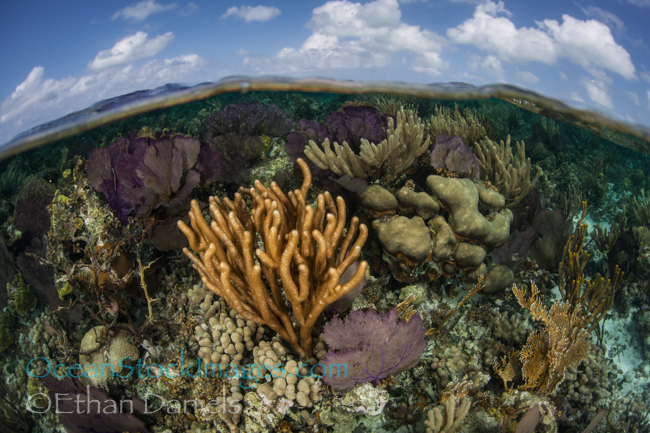Scuba diving may seem like enough adventure for some. But others simply aren’t satisfied with easy reef dives or shallow wrecks. If you count yourself among the latter and want to take scuba diving to the next, ‘epic’ level, these five extreme dive adventures should be on your wish-list. These are the most epic dive trips in the world

1. Sardine Run, South Africa
From May to July nearly every year, millions of sardines travel up the eastern shore of South Africa. These tiny fish use the cool waters of the Agulhas Bank to spawn before riding the cold current up to Mozambique and then out into the Indian Ocean.
While witnessing millions of fish traveling in protective schools of up to 4 miles (7 kilometers) in length is awe-inspiring, the real magic occurs when bait balls form. Dolphins round up the sardines while bronze whaler sharks, Bryde’s whales, seabirds, penguins and Cape fur seals dive in, feasting on the small fish.
For scuba divers, finding the bait balls can require patience. Scuba trips leave from South Africa‘s Port Elizabeth, East London, Coffee Bay and Port St. Johns. These excursions usually last 7 hours with a bait ball spotted every few days. In between scuba diving near the bait balls, guests can free dive with dolphins or spot sharks, seals and rare birds from the boat. Coincidentally, humpback whales also migrate through the area from May to July. While traveling to the sardines, it’s not uncommon to spot one or two humpbacks breach while feeding on nearby krill.
2. Swimming with Killer Whales, Norway
Orcas are found in cooler waters around the world. This large dolphin species is known for its adaptability, with different groups of orcas presenting varying feeding habits. It’s not very often that divers have the opportunity to jump in the water with these fascinating creatures. If you’d like the chance to see an orca in its natural habitat, head to northern Norway between November and January.
During these months, about 1,000 orcas visit the area between Andenes and Tromsø in order to feed on the herring migration.
A few tours offer snorkeling to those who dare swim with these efficient predators. Two techniques are utilized. Sometimes, quick RIBs dump snorkelers in front of the orcas. These sightings tend to be brief. Other times, boats seek out feeding whales that are pushing herring to shallow water. Snorkelers can witness this behavior from under water. Visibility often drops to zero as a wall of herring surrounds snorkelers. This is definitely an adventure for those in search of a that “this was a bad idea” feeling!
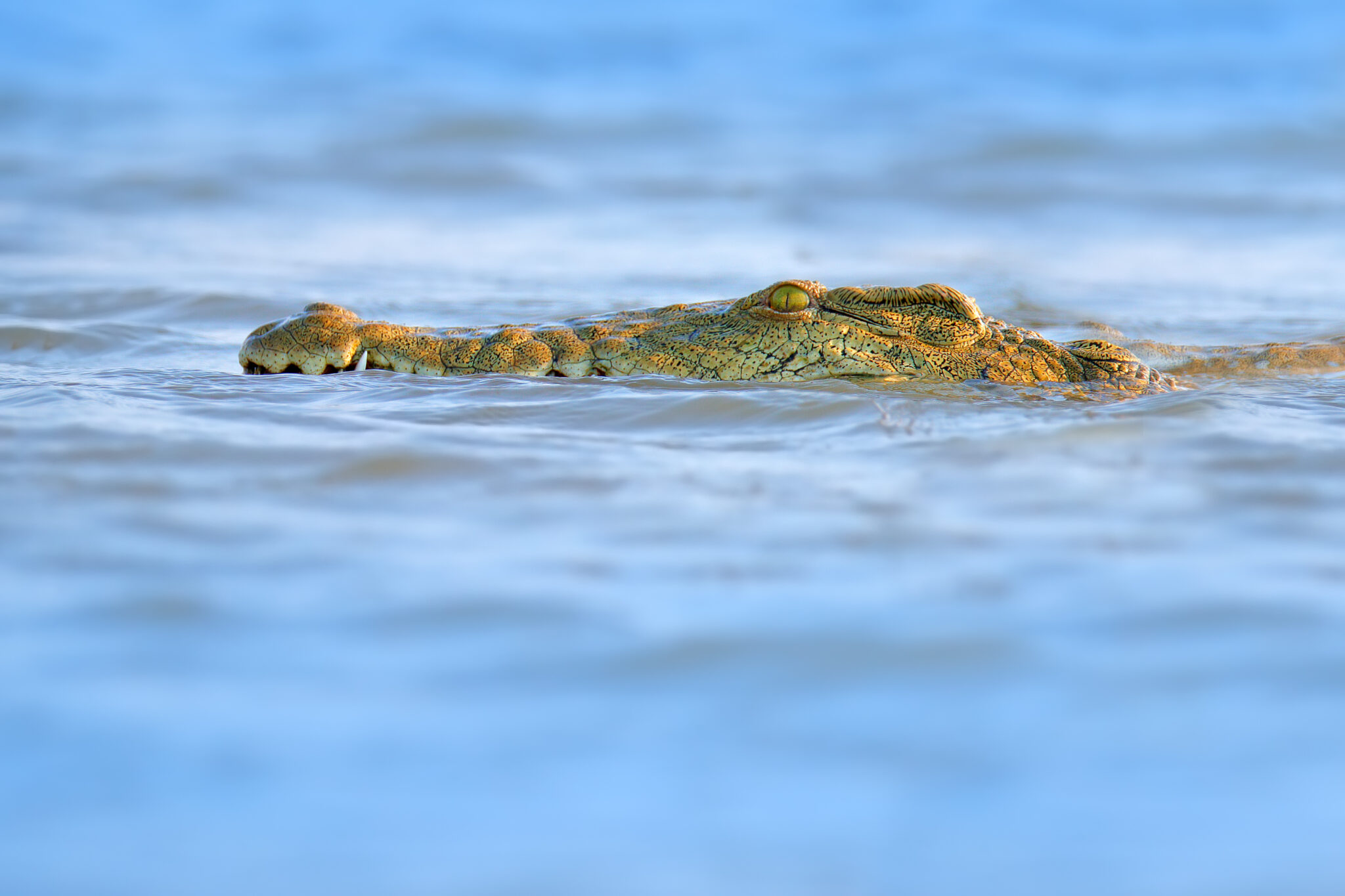
3. Crocodile Diving, Botswana
As thrill-seekers, we are inexplicably drawn to apex predators. Perhaps more difficult to meet face-to-face than sharks or lions are crocodiles. Their powerful jaws and speed both on land and under the water mean these mighty beasts are difficult to approach. But in Botswana, those who dare can scuba dive with the Nile Crocodile, the second largest reptile in the world.
Deep in Botswana’s Okavango Delta, June and July are croc diving season. During these months, the river temperature drops to 55-62°F (13-17°C), which offers several advantages. First, cold water causes the crocodiles to spend most of the day sunning on the river bank, making the crocodiles easy to spot. Second, the low temperatures allow visibility of 20 feet (6 meters) or more. Finally, the cold makes the crocodiles slow, an important consideration when approaching and photographing these predators.
Scuba diving with crocodiles requires the perfect combination of guts and skill making this a great addition to the most epic dive adventures in the world!
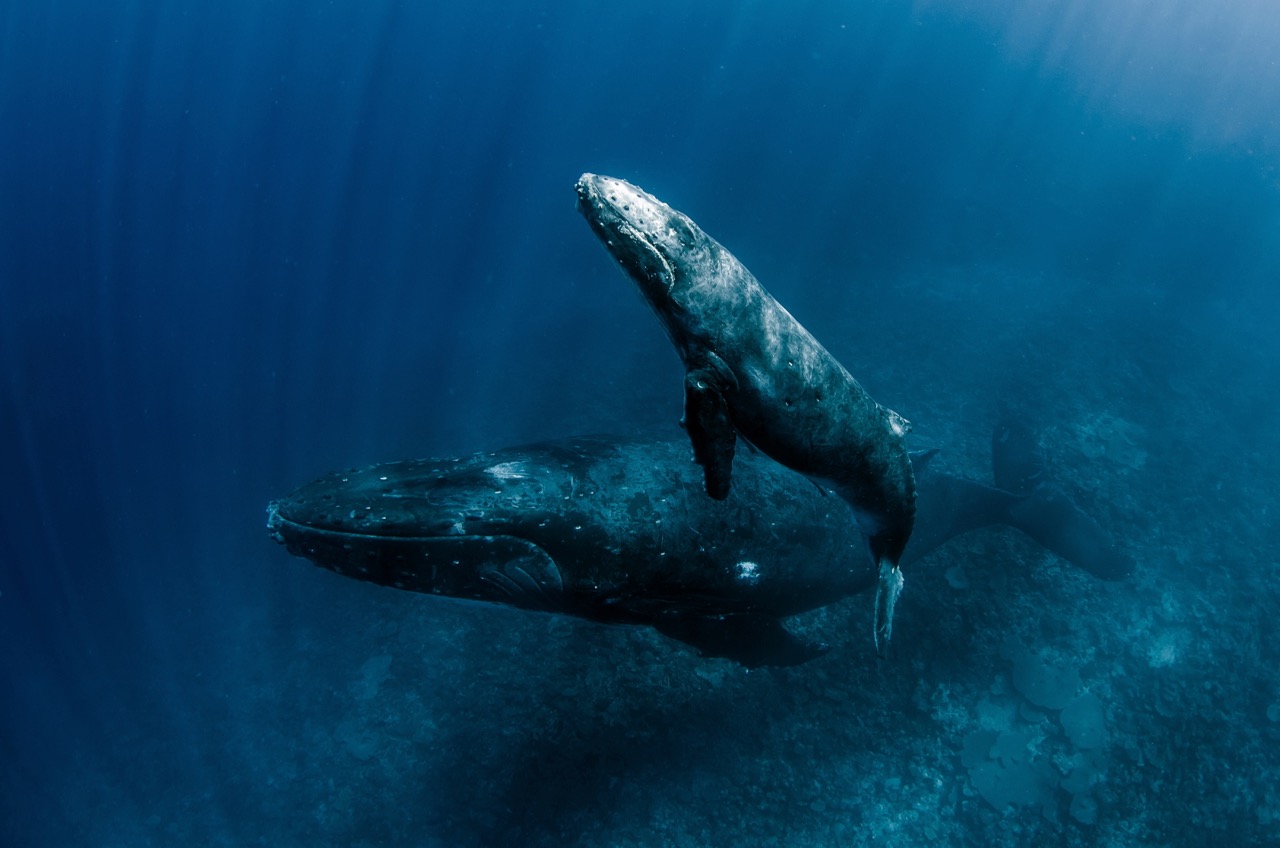
4. Swimming with Humpback Whales, Tonga
Not yet a mainstream destination, Tonga offers one of the best adventures for whale lovers. This small Polynesian kingdom is one of the only countries in the world to issue permits for snorkeling with and photographing Southern Hemisphere Humpback Whales.
From July to October, these whales arrive to the tropical waters of Tonga to mate and give birth. Most visitors will be able witness massive mother whales and their small-ish offspring or singing males displaying a variety of behaviors.
The majority of tours are offered from the Vava’u’ and Ha’apai island groups, although permits are occasionally issued to liveaboards traveling from Fiji. If you wish to swim with humpback whales in Tonga, be sure to follow the code of conduct laid out by your tour operator. It’s vitally important to respect these magnificent creatures!
5. Diving with Schooling Hammerheads, Cocos Island, Costa Rica
Liveaboard diving in Cocos Island is the final entry to our list of the most epic dive adventures in the world. But, it certainly isn’t the least ‘epic.’
Cocos Island, which is located 342 miles (550 kilometers) off the west coast of Costa Rica, is a pelagic-lovers dream. Around this volcanic island, you’ll find manta rays, mobula rays and the occasional whale shark. But what makes Cocos Island most famous are the schools of scalloped hammerhead sharks.
These sharks are attracted to Cocos Island for the quantity of food found nearby and for its cleaning stations. Black-nosed butterflyfish, which are found in plenitude around Cocos Island, are a favorite cleaner of the scalloped hammerhead.
Liveaboard diving among these hammerhead sharks in Cocos Island is one adventure you won’t soon forget!
If you’ve added one or five of the most epic dive trips in the world to your bucket list, start planning your next adventure now with PADI Travel.
